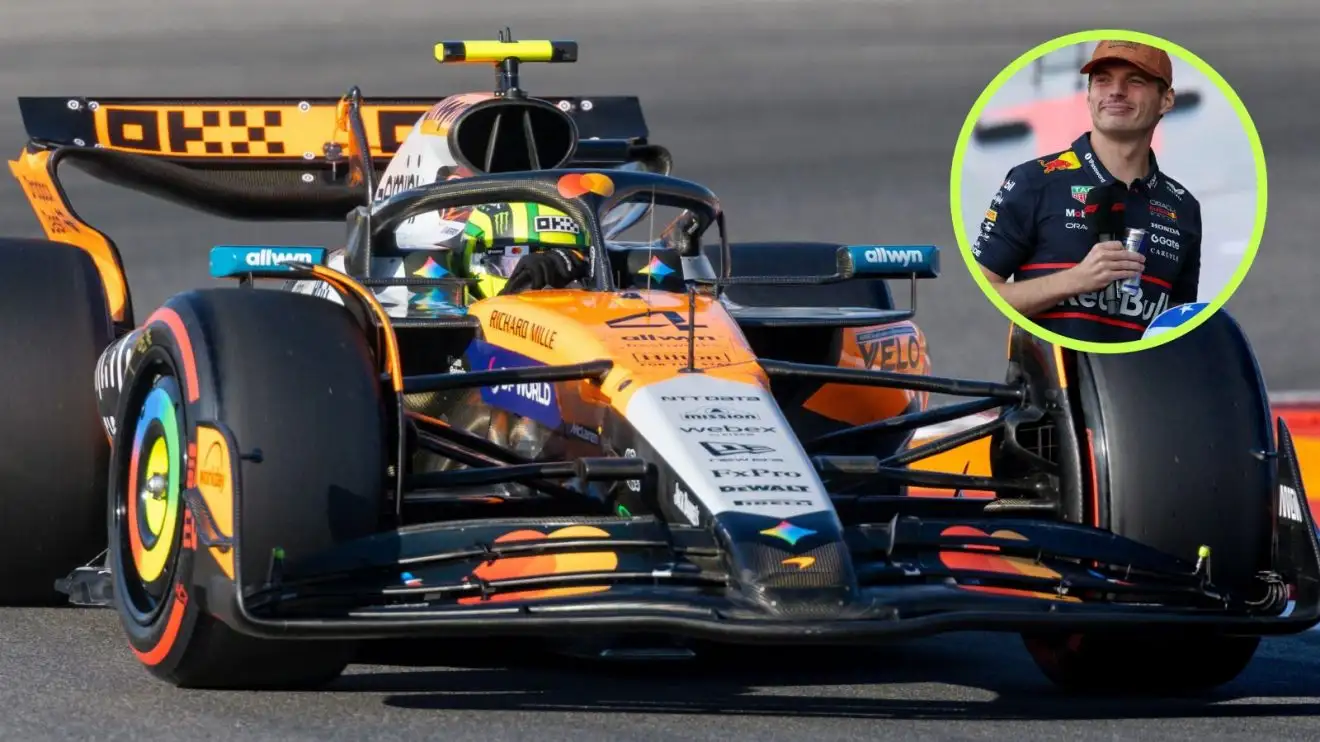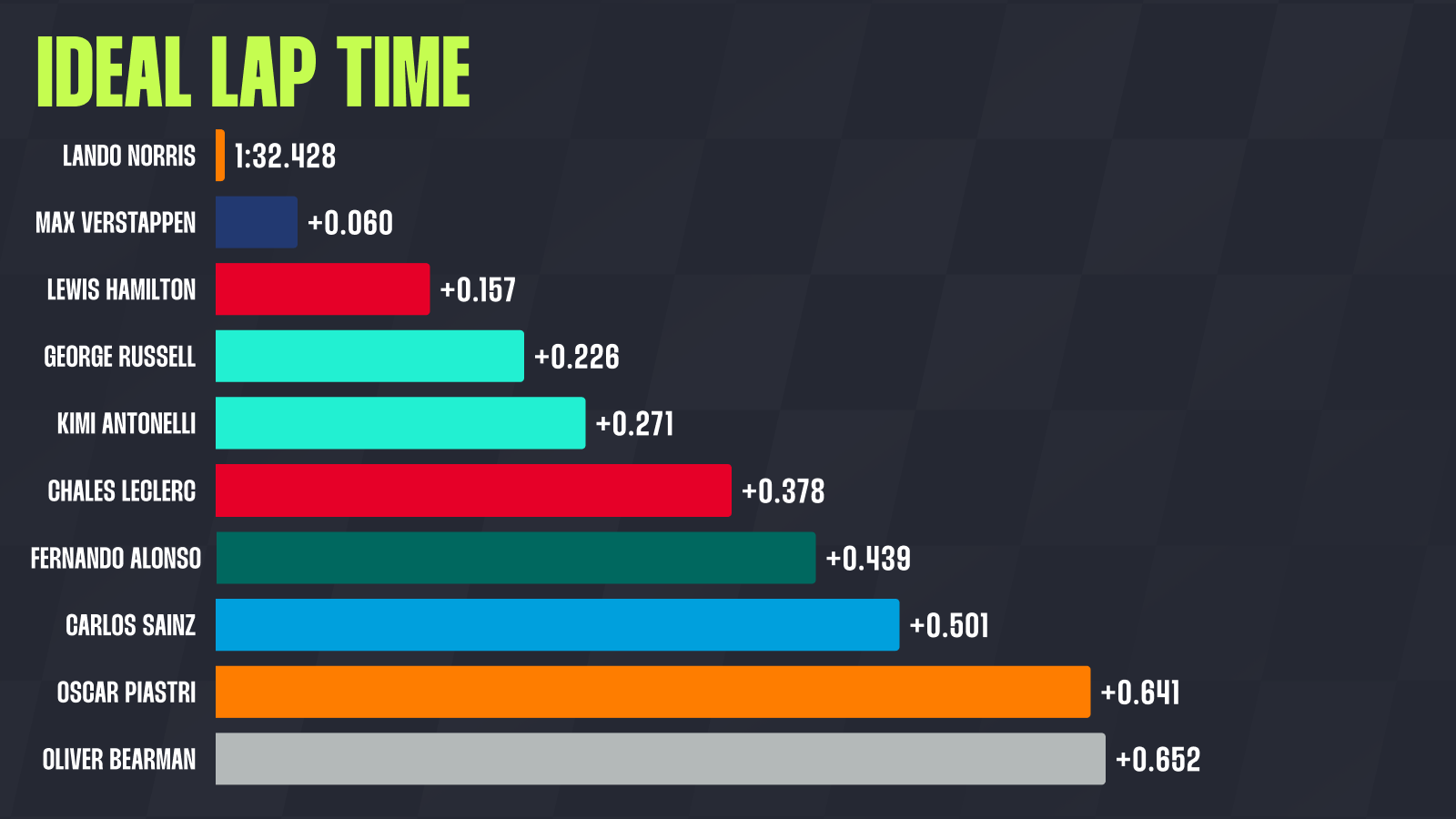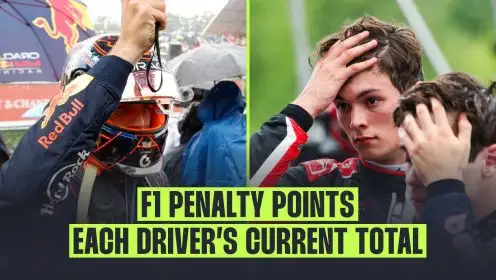Turn 1 bites McLaren again as telling Max Verstappen telemetry data emerges

Max Verstappen claimed United States Grand Prix pole from Lando Norris
At the United States Grand Prix, Max Verstappen took yet another pole position, his seventh of the season, and did so at a very important moment in the championship fight.
On a track where many expected McLaren to once again showcase its dominance, the Dutchman brought an extra layer of drama that could have a serious impact on the battle for the world title. Here’s how Max managed to take P1, analysed through telemetry data.
Max Verstappen strikes again versus McLaren
The Circuit of The Americas is a typical racing track, and if you’re fast here, it usually means you’ll be fast on most other circuits too. Each sector is different, which prevents one specific car characteristic from standing out as much as it can on other tracks.
And when we talk about a team that has managed to find the right balance and the ability to be fast everywhere, then it is without a doubt McLaren. It was fully expected that they would show their early-season dominance here again and return to form after a series of uncertain weekends.
But instead of them, the show was stolen by Max Verstappen — certainly not for the first time this season.
The reigning world champion was very quick in Sprint qualifying and had no trouble keeping P1 during the chaotic Sprint race. Unfortunately for McLaren, both of their drivers were out of the Sprint after Turn 1, which allowed Max to reduce the points gap even further.
Heading into qualifying for the main race, the pressure on the papaya drivers became even greater.
Right from the start of qualifying, it was clear that Norris would be the stronger of the two McLaren drivers, as Piastri struggled with the car’s behaviour throughout the weekend. And even though the Briton did end up being the stronger side of the garage, it still wasn’t enough to prevent Max from taking another pole position this season.
If we look at the data from their fastest laps, we can clearly see where the key difference was made.


Verstappen gained a significant advantage immediately after Turn 1. This very specific corner can be a bit problematic, both because of the steep uphill entry and because drivers cannot see the apex early enough.
After T1, Max had a margin of around two tenths in his favour. This allowed him to carry momentum into the following sequence of fast corners. From the graph above, we can see that Max carried significantly more speed through Turns 5 and 6, which increased his advantage even further.
The delta time remained fairly stable through the middle sector, right up until Turn 12, where Lando made a small mistake by taking too much of the kerb. This unsettled the car’s balance and forced him to correct a slight snap of oversteer.
The Briton then had a very strong run through Turns 16, 17, and 18, where he managed to noticeably reduce the gap, but not enough to swing the advantage in his favour. In the end, Verstappen was almost three tenths quicker, which for this season’s standards is a relatively big gap.
More from the United States Grand Prix via PlanetF1.com
👉 F1 2025: Head-to-head qualifying statistics between team-mates
👉 F1 penalty points: Bearman and Verstappen closest to a race ban
Another thing worth remembering is that Max did not get to set a second flying lap in Q3. Red Bull’s usual tactic of sending their driver out as late as possible didn’t work this time, as the Dutchman crossed the line around two to three seconds too late. Fortunately for him, his first attempt was more than enough.
After the session, Lando Norris said that Red Bull had the faster car this weekend and that P2 was a positive result for him after all. But what we can see from the data doesn’t exactly match that statement.

If we look at the ideal lap times in qualifying (the times made up of each driver’s best sector times during the session), we can see that Norris actually had the potential to take pole position.
Another interesting fact is that Norris had the largest difference between his real lap time and his ideal lap time compared to the other Q3 drivers. In other words, he extracted the least from the potential the car had — and this is definitely not the first time this season that the data shows the same trend.
What’s more, the Briton had the best third sector time, shared the best sector 1 time with Verstappen, and recorded the second-best middle sector time.
In other words, McLaren was just as quick as Red Bull, and Norris absolutely had the chance to take pole position.
What can we expect from McLaren in the race?
The unfortunate incident at the start of the Sprint race not only cost the team and the drivers valuable points, but also left them without crucial data that plays a huge role in strategic decisions. With only one free practice session, McLaren practically has no solid reference for how fast they actually are over a race distance.
The forecasted high temperatures in Austin should, on paper, work in their favour, but we cannot be entirely sure.
However, what we do know is that Red Bull will be fast and competitive. With Max now carrying extra momentum and with added pressure on both McLaren drivers, we can expect a very exciting battle on Sunday.
Read next: Liam Lawson dismisses ‘angry’ Yuki Tsunoda after qualifying complaint





